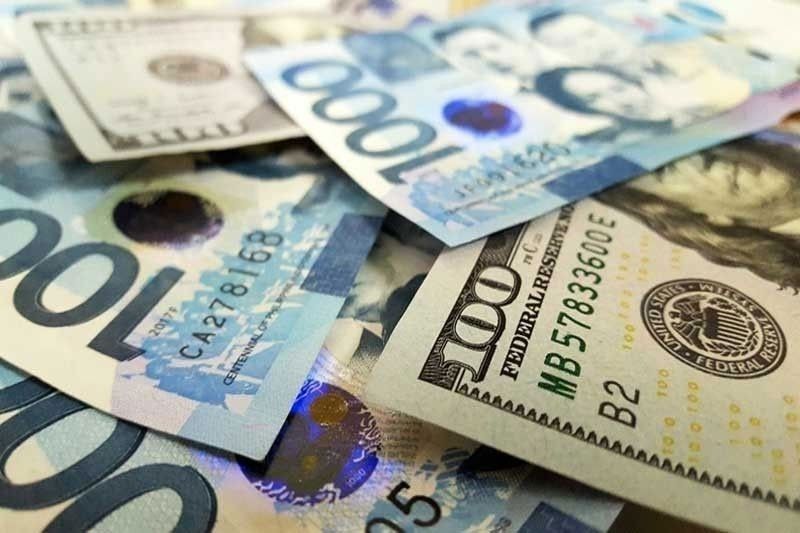NPL ratios of banks continue to rise

MANILA, Philippines — A continued increase in bad loans from the real estate sector and household consumption contributed mainly to the growth of the non-performing loan (NPL) ratio of Philippine banks, according to the Bangko Sentral ng Pilipinas (BSP).
In a report on the Philippine financial system, the BSP said banks’ non-performing real estate loan ratio almost tripled to 4.6 percent in 2020 from 1.7 percent in 2019, while the non-performing consumer loan ratio soared to 9.3 percent last year from 4.1 percent a year ago.
“These increased non-performing real estate loan and consumer loan ratios were brought about by the uptick in the NPL ratios of residential real estate loans and motor vehicle loans,” the BSP said.
Real estate loans disbursed by universal and commercial banks increased by 5.8 percent to P2.29 trillion in 2020. Commercial real estate loans, which accounted for two-thirds of total loans, rose by 3.9 percent to P1.46 trillion, while residential real estate loans increased by 9.1 percent to P833.7 billion.
Real estate loans accounted for the bulk of the industry’s real estate exposure with a share of 87.3 percent, while the remaining 12.7 percent was in real estate investments.
The BSP said the real estate exposure of big banks increased by 5.5 percent to P2.62 trillion in 2020, slower than the 14.1 percent growth recorded in 2019.
The regulator expects a further rise in the real estate exposure of banks as the Monetary Board raised the cap on real estate loans to 25 percent from 20 percent of banks’ total loan portfolio.
Consumer loans, which accounted for 18.6 percent of the industry’s loan book, increased by 4.6 percent to P1.99 trillion in 2020. The expansion, however, was slower than the 14.4 percent growth recorded in 2019.
Real estate loans accounted for the bulk or nearly 42 percent of consumer loans with P825.5 billion followed by motor vehicle loans with P543.7 billion, credit card receivables with P420 billion and salary-based general-purpose loans with P169.4 billion.
The share of consumer loans to gross domestic product (GDP) increased to 11.1 percent in 2020 from 9.7 percent in 2019, indicating increased lending to households amid the pandemic.
As a result, the banking sector’s NPL ratio increased to 3.6 percent in 2020 from two percent in 2019.
“Moving forward, the BSP anticipates that the NPLs of the banking system will increase but these will remain within manageable levels,” the central bank said.
The BSP has extended regulatory relief measures to the banking industry to serve as an interim measure pending the full operationalization of Republic Act 11523 or the Financial Institutions Strategic Transfer (FIST) Act.
- Latest
- Trending






























